Ever look up at the night sky and feel like someone might be looking back? Same. As it turns out, scientists are right there with us—only with way more telescopes and way less chill. From whisper-quiet red dwarfs to stars that could double as rave lights, the galaxy is packed with planets that seem just right for intelligent life. And no, we’re not talking about little green men with ray guns—we mean civilizations, signals, and maybe even existential crises in space.
The wild part? We’ve already found a bunch of planets that check a lot of the “could support life” boxes: stable temperatures, possible atmospheres, and the ever-sexy ingredient—liquid water. These aren’t sci-fi dreams cooked up in a Hollywood trailer. These are real, studied worlds with the potential to host alien podcasts, cosmic karaoke, or interstellar awkward first dates. Here are 13 planets where scientists think intelligent life might actually be a thing. Buckle up—it’s about to get exoplanetary.
1. Kepler-186f
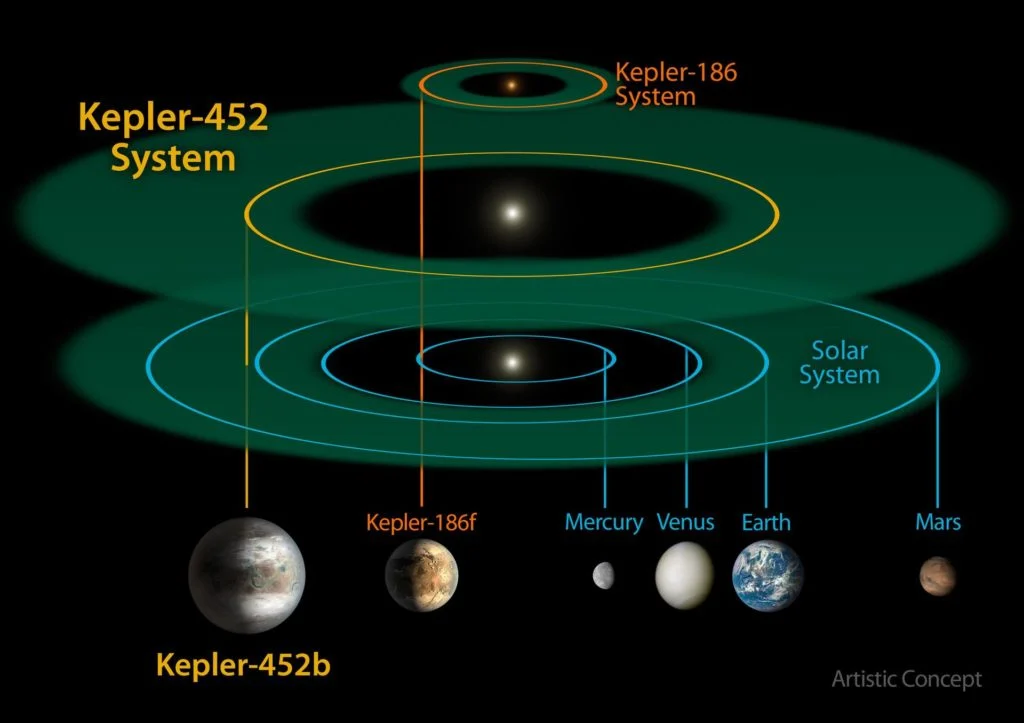
Meet Kepler-186f, the first Earth-sized planet discovered in the habitable zone of another star. Located about 500 light-years away, it’s been dubbed Earth’s “cousin” because of its similar size and potential for liquid water.
What’s fascinating is that Kepler-186f orbits a red dwarf star, which is cooler and dimmer than our sun. This means the planet might have a different kind of photosynthesis, possibly giving rise to alien plants in hues we’ve never imagined, per Exoplanet Kyoto. Scientists suggest that due to the star’s red light, vegetation on Kepler-186f could have evolved to absorb longer wavelengths, potentially resulting in red-colored plants.
2. Proxima Centauri b
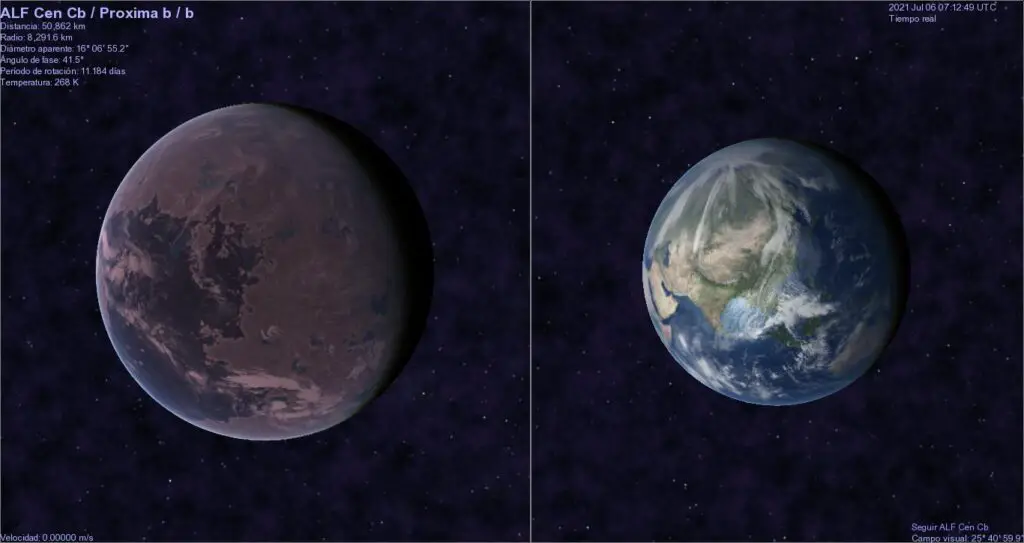
Imagine having a neighbor just 4.2 light-years away. That’s Proxima Centauri b for you. It’s the closest exoplanet to Earth and orbits within the habitable zone of its star, Proxima Centauri. This means it could have the right conditions for liquid water—a key ingredient for life as we know it.
But here’s the kicker: scientists detected a mysterious radio signal, dubbed BLC-1, coming from the direction of Proxima Centauri b, according to Nature. While it’s not definitive proof of alien Netflix binges, it’s intriguing enough to keep astronomers glued to their telescopes. The signal, observed in April 2019, was a narrowband emission near 982 MHz, which is unusual for natural astrophysical processes. However, further analysis suggested that BLC-1 was likely a result of Earth-based interference rather than an extraterrestrial source. Despite this, the incident has highlighted the challenges in distinguishing genuine technosignatures from terrestrial noise.
3. TRAPPIST-1e

TRAPPIST-1e is part of a family of seven Earth-sized planets orbiting a single star. Three of these siblings, including TRAPPIST-1e, reside in the habitable zone. That’s like finding a neighborhood where three houses have pools—potentially filled with alien life.
Scientists have been eavesdropping on TRAPPIST-1e, searching for technosignatures—signals that could indicate intelligent life. In a recent study by Sci News, astronomers used the Allen Telescope Array to conduct a 28-hour search for radio signals from the TRAPPIST-1 system. Although no definitive technosignatures were detected, the research provided valuable insights and improved methods for future searches.
4. LHS 1140 b
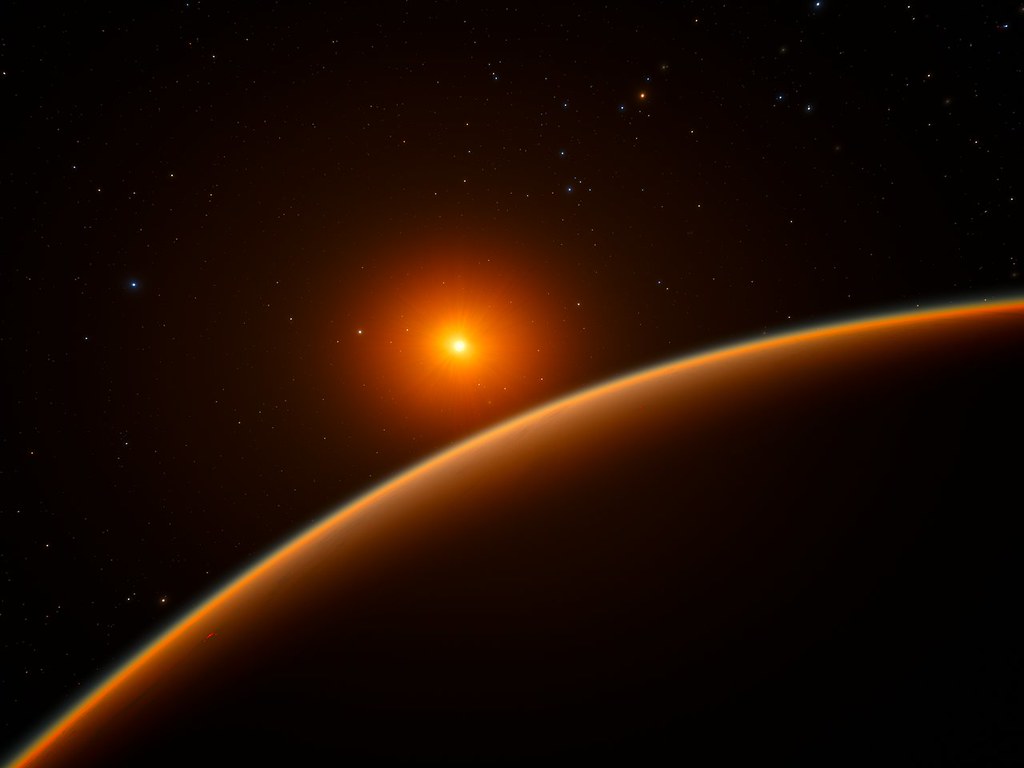
Dubbed the “eyeball planet” because of its unique appearance, LHS 1140 b is a super-Earth located about 50 light-years away. It’s in the habitable zone of its star and might have a dense atmosphere and even liquid oceans.
Recent studies by The Sun suggest that LHS 1140 b could be one of our best bets for finding life beyond Earth. Observations indicate that the planet may have a nitrogen-rich atmosphere and surface temperatures around 20°C (68°F), making it a promising candidate for habitability. The presence of a substantial atmosphere could help maintain liquid water on its surface, further increasing its potential to support life
5. Gliese 667 Cc
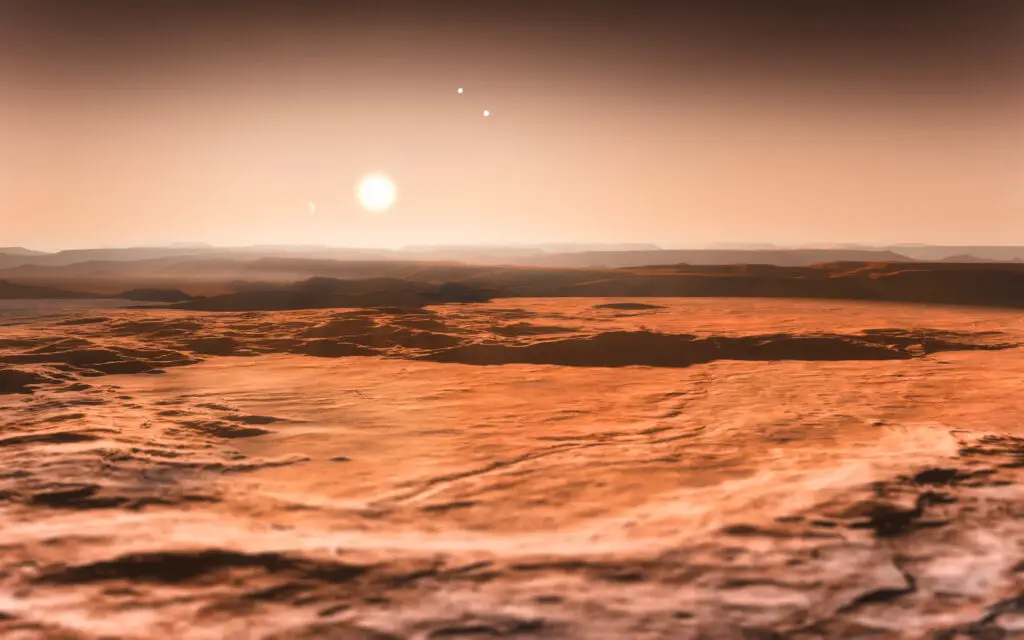
Gliese 667 Cc is part of a triple-star system and is one of three planets in that system’s habitable zone. It’s about 22 light-years away and has at least 4.5 times the mass of Earth, making it a super-Earth.
What’s intriguing is that Gliese 667 Cc receives about the same amount of stellar energy as Earth does from the sun, according to NASA Science,suggesting it could have similar surface temperatures. The planet’s location within the habitable zone of its red dwarf star and its Earth-like energy reception make it a tantalizing target in the search for life. Its relatively close proximity to Earth also makes it an accessible candidate for future observations.
6. Tau Ceti e
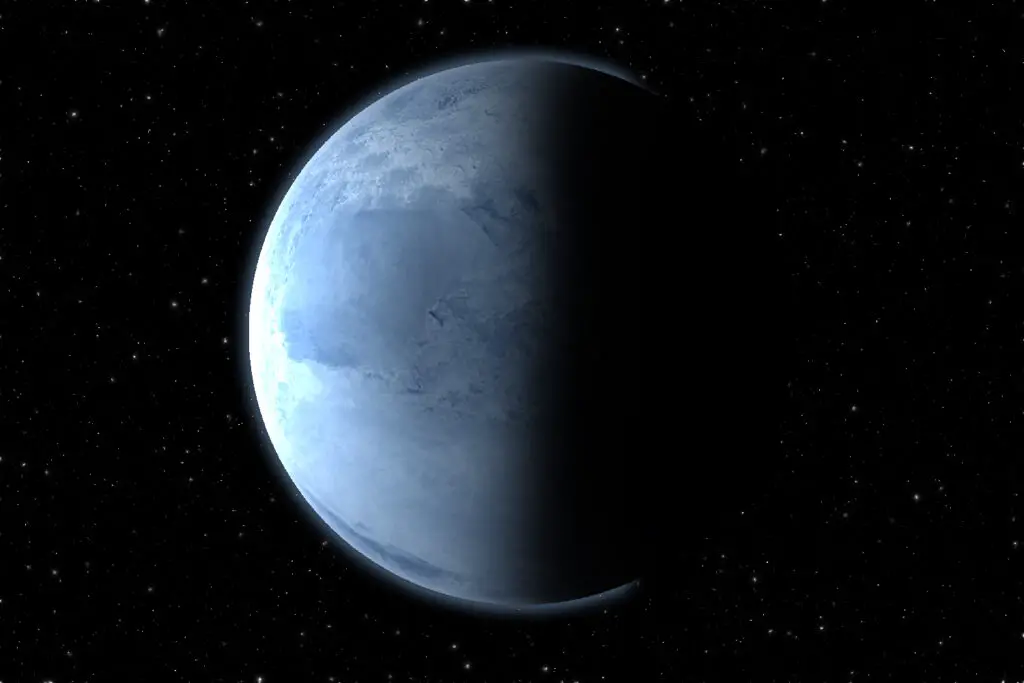
Tau Ceti e orbits a sun-like star just 12 light-years away. It’s in the inner edge of the habitable zone, which might make it a bit warmer than Earth, but still within the range where liquid water could exist. The star Tau Ceti is remarkably similar to our sun, and its planetary system is one of the closest to us, making Tau Ceti e a prime candidate for future studies on habitability.
Even better, this system is relatively quiet in terms of stellar activity—fewer tantrums means better chances for life to chill and evolve. Some models suggest Tau Ceti e might have a thick atmosphere that helps regulate heat, though it could also lean toward a Venus-like greenhouse vibe. Still, given its proximity and sun-like star, it’s a top pick for future telescopes like LUVOIR or HabEx. Plus, it’s visible from Earth with the naked eye, so you can literally wave at it on a clear night. Just imagine if someone’s waving back.
7. Ross 128 b
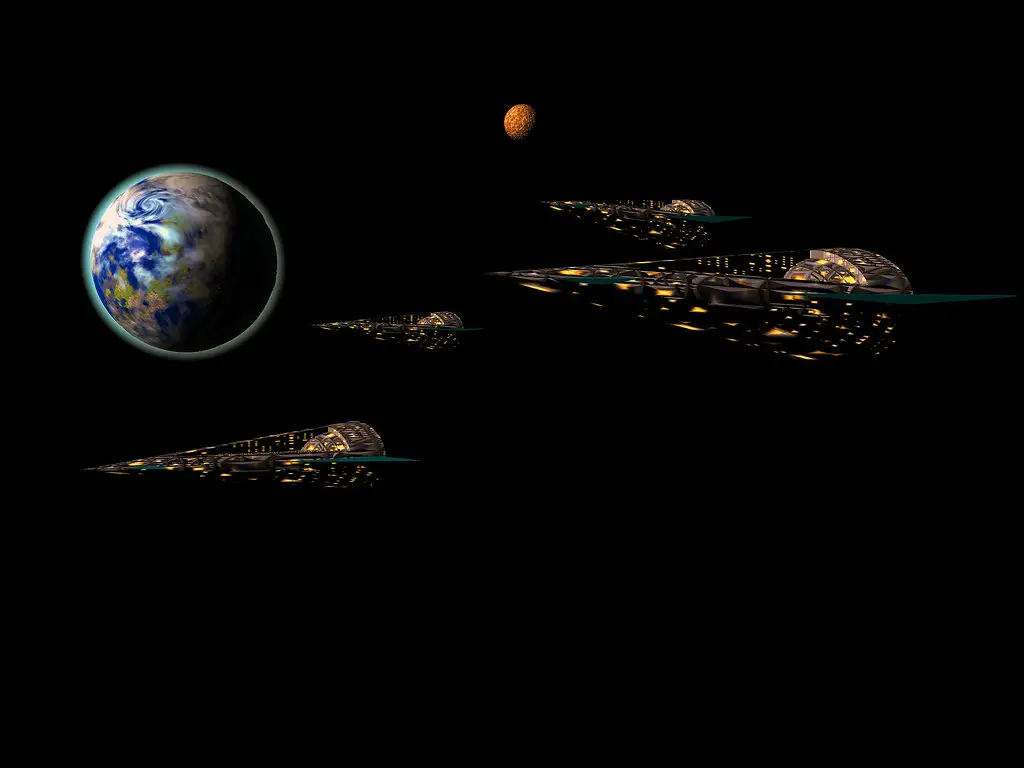
Ross 128 b is a temperate exoplanet located just 11 light-years away. It orbits a quiet red dwarf star, which means it’s less likely to be bombarded by harmful stellar flares—a good sign for potential life. Its proximity and Earth-like characteristics have made Ross 128 b a subject of interest in the ongoing search for habitable worlds.
One major advantage? The host star, Ross 128, is unusually calm for a red dwarf. That stability gives life a better shot at sticking around without getting zapped into extinction. Ross 128 b also completes one orbit every 9.9 days, so birthdays would come fast—but who’s complaining? Although we haven’t yet confirmed water, the planet’s temperature range suggests it’s not out of the question. It’s like the cosmic version of a really good Airbnb listing with no reviews yet—but all the potential.
8. Kepler-442b
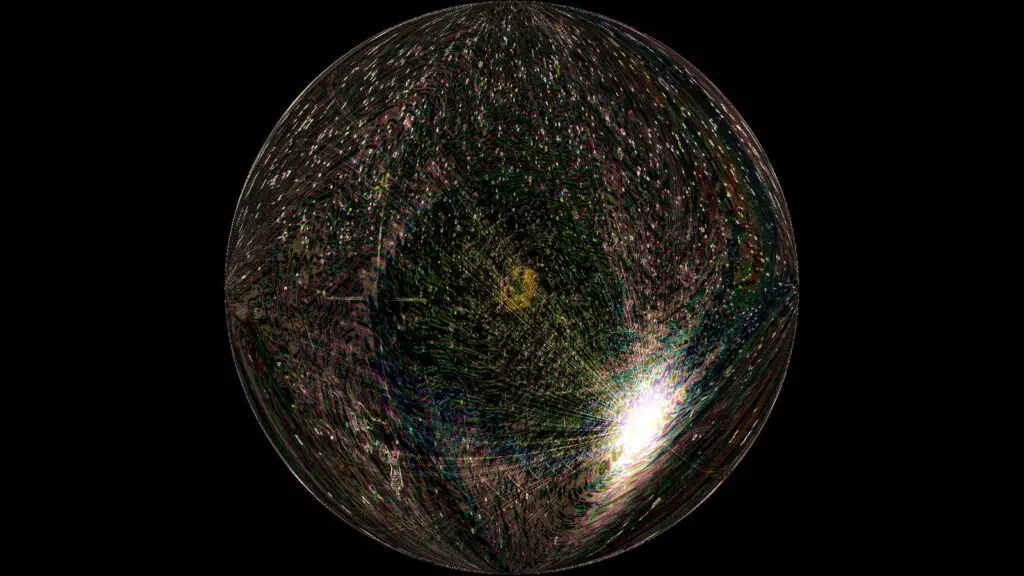
Kepler-442b is an Earth-sized exoplanet located about 1,200 light-years away. It’s in the habitable zone of its star and has a high probability of being rocky, which is essential for life as we know it. Its size and location make it one of the more promising candidates discovered by the Kepler mission.
Kepler-442b gets just about the right amount of sunlight for surface temperatures to remain moderate—not too hot, not too cold. If Goldilocks were looking for a new home, this one might make the short list. It also scores high on the Earth Similarity Index, which ranks it as one of the most Earth-like planets out there. The downside? It’s super far, so we’ll need next-gen tech (or a wormhole) to check it out up close. Still, in the grand exoplanet lineup, Kepler-442b is an all-star.
9. Wolf 1061c
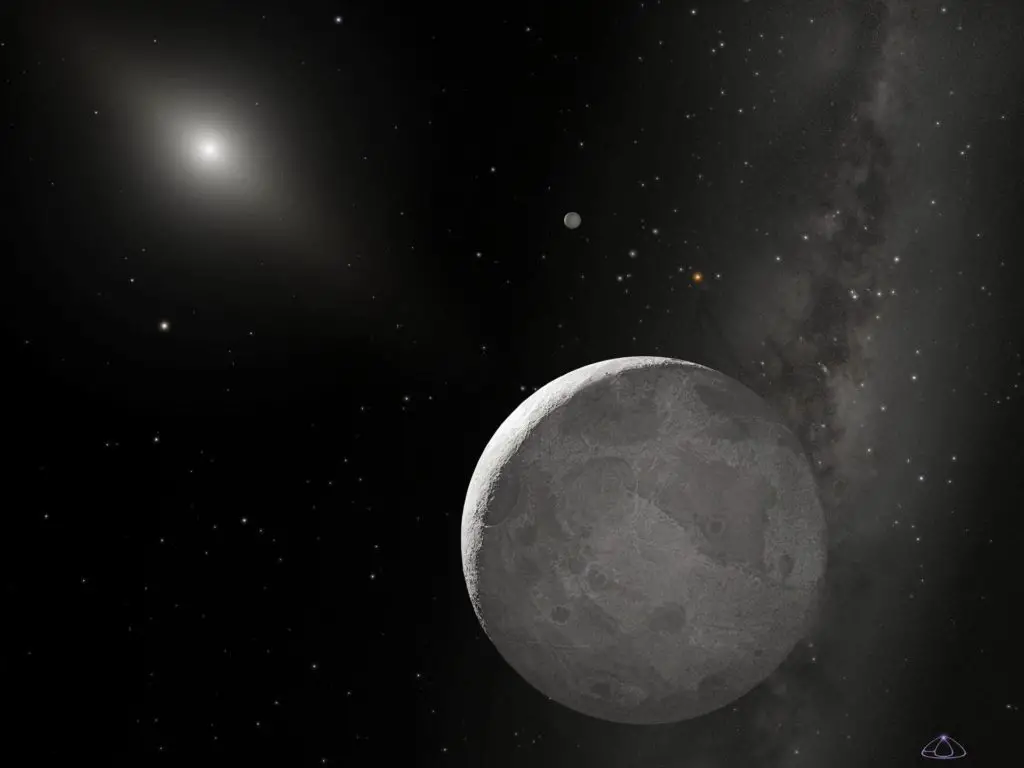
Wolf 1061c is a super-Earth located just 14 light-years away. It’s in the habitable zone of its star and has a relatively short orbital period, meaning a year there lasts just 18 days. Its closeness to Earth and potential habitability have made it a target for future observations.
It’s part of a three-planet system, but c is the one scientists are eyeing most intensely. The gravitational dynamics of the system suggest it could have climate-stabilizing factors like axial tilt, which helps regulate seasons—big win for life. It’s a little bigger than Earth, meaning stronger gravity and possibly thicker atmosphere. That could trap heat just enough to make it cozy instead of cold. Basically, if Earth had a big cousin who lived closer to the fridge, it’d be Wolf 1061c.
10. HD 40307g
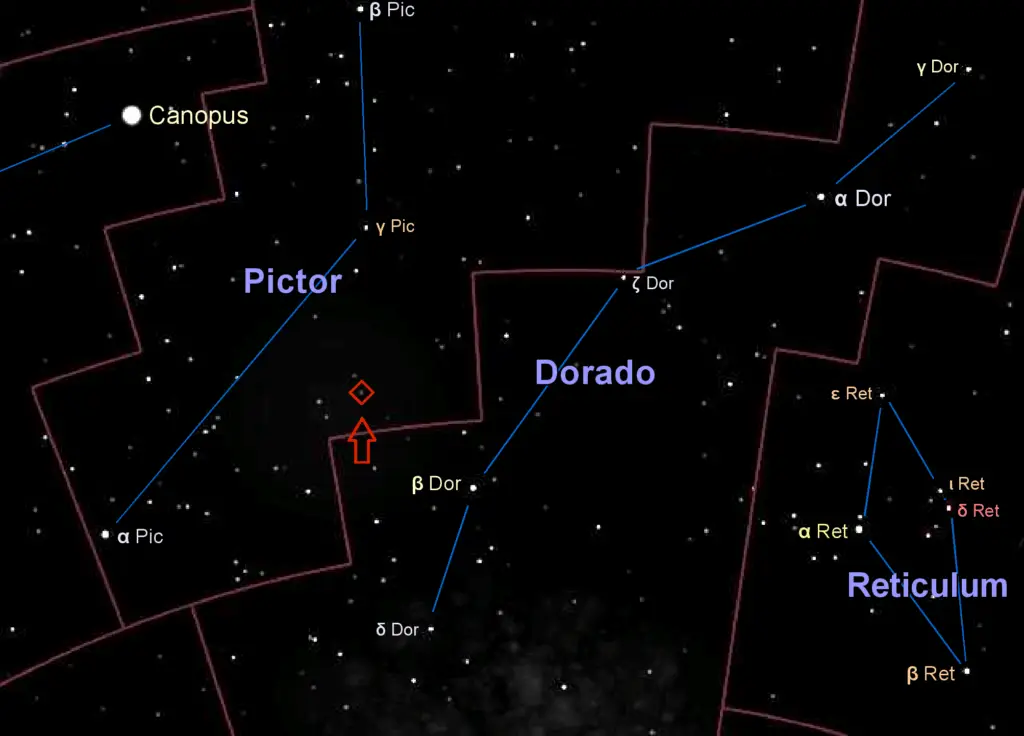
HD 40307g is a super-Earth located about 42 light-years away. It’s in the habitable zone of its star and is part of a multi-planet system. Its mass suggests it could have a solid surface and possibly an atmosphere, making it another candidate in the search for life.
This planet is a bit of a mystery—it’s bigger than Earth but not so big that it turns into a gas giant. It might even have a moon, which raises some interesting possibilities for life on or around it. Its host star is quieter than many others in its class, lowering the radiation threat. And unlike some red dwarf systems, HD 40307 is sun-like, meaning better lighting for alien photo shoots. All in all, HD 40307g is like that coworker who’s quiet but totally capable of running the company.
11. K2-18b
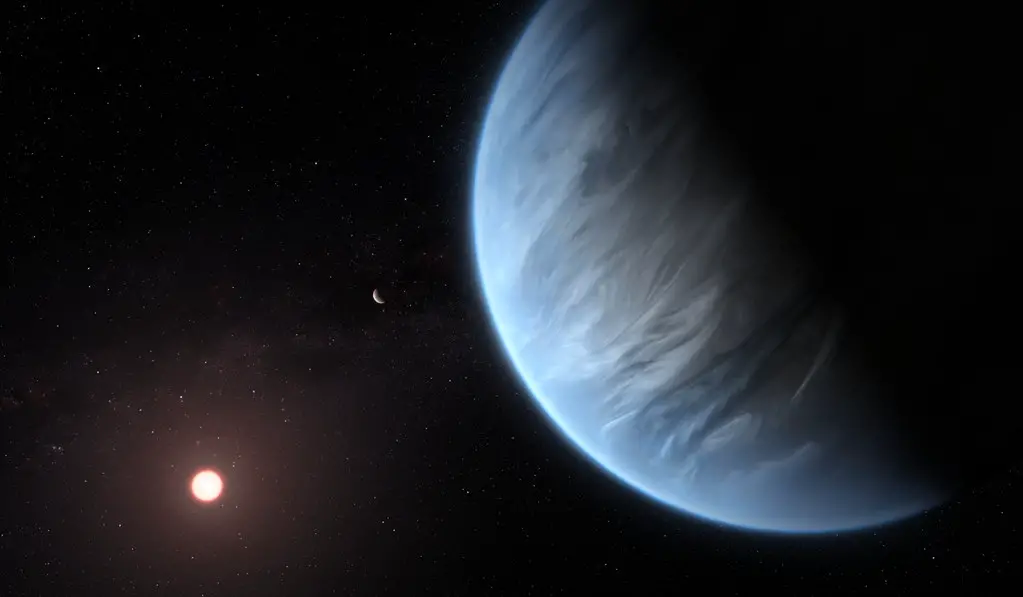
K2-18b is a super-Earth located about 124 light-years away. It’s unique because it’s the first exoplanet discovered in the habitable zone with water vapor detected in its atmosphere. This discovery has made K2-18b a focal point in the study of potentially habitable exoplanets.
But there’s a twist—it might not be very Earth-like on the surface. Some models suggest it could be more of a mini-Neptune, with a thick hydrogen-rich atmosphere above a liquid water layer. Even so, researchers are intrigued because life could exist in that water layer, sort of like a giant alien aquarium. And with water vapor and potential biosignatures on the table, it’s become one of the hottest targets for the James Webb Space Telescope. If there’s alien life chilling in a sky-ocean hybrid zone, this might be it.
12. Kepler-62f
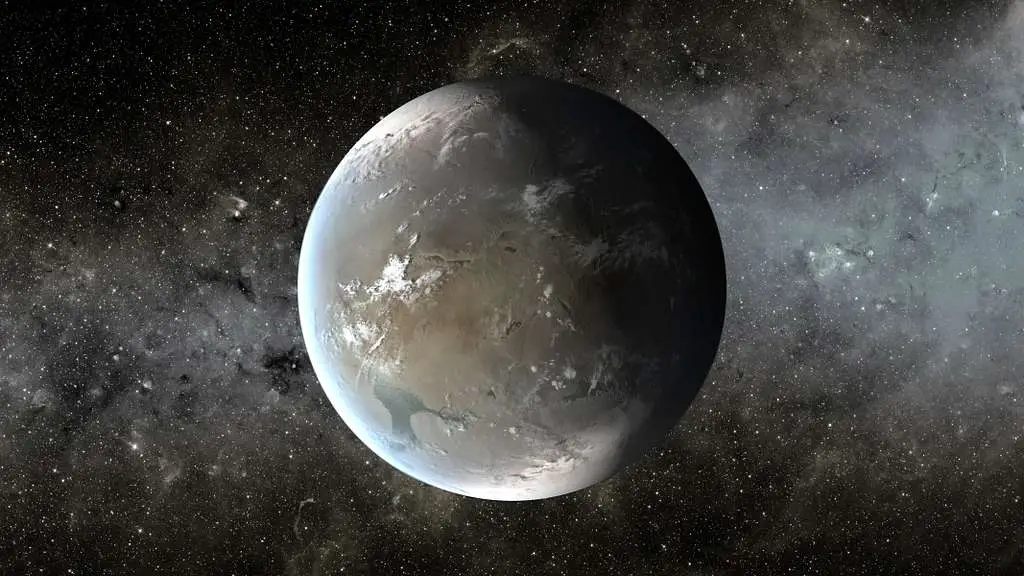
Kepler-62f is an exoplanet located about 1,200 light-years away. It’s in the habitable zone of its star and is about 40% larger than Earth. Its size and location suggest it could have a rocky composition and possibly support liquid water.
Scientists think its orbit keeps it at just the right distance for moderate temperatures, despite the star being smaller and cooler than the Sun. The atmosphere, if present, would need to trap heat efficiently to make it livable—but that’s totally plausible. If it has oceans, tides could be strong thanks to the planet’s size, possibly supporting a dynamic climate. It may also be tidally locked, meaning one side always faces its star—but hey, maybe the life is thriving in the twilight zone. This one’s a sleeper hit on the interstellar real estate market.
13. Teegarden’s Star b
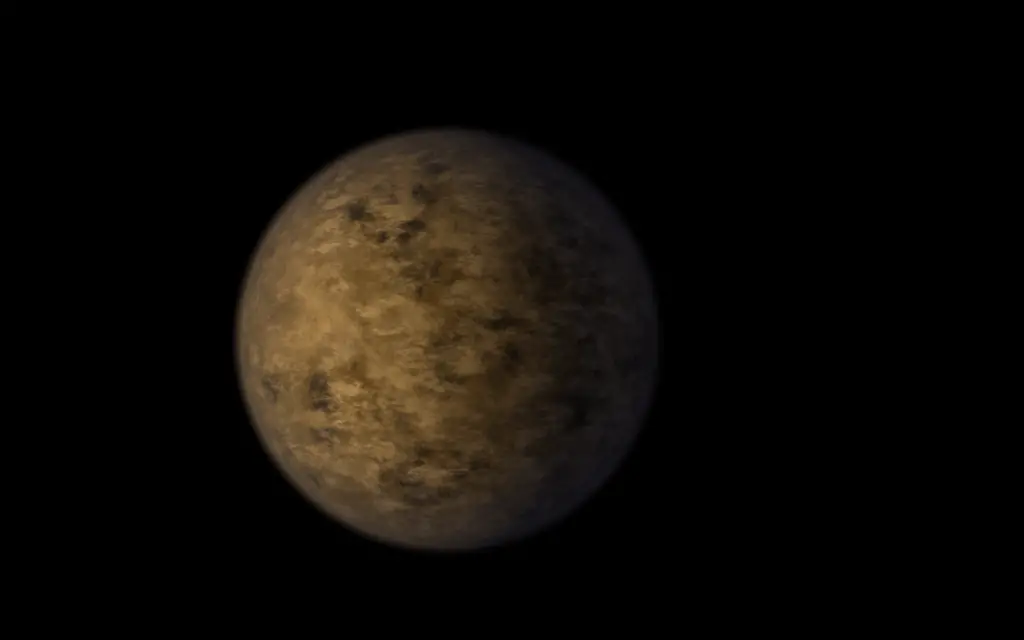
Teegarden’s Star b is one of the closest known exoplanets, located just 12.5 light-years away. It’s Earth-sized and orbits within the habitable zone of its star. Its proximity and Earth-like characteristics make it an exciting target for future observations in the quest to find life beyond our planet.
It orbits a very old, stable red dwarf star, which means it’s had a long, quiet history—plenty of time for life to potentially evolve. Plus, its gravity is just slightly stronger than Earth’s, making it familiar terrain for hypothetical space tourists. The planet completes an orbit in just under 5 Earth days, so it’s speedy—but not so close that it gets fried. And because the star is so dim, the planet might always be in a moody, dusky glow—great for alien poetry readings. If you’re looking for a chill exoplanet vibe close to home, Teegarden’s Star b might be the one.
